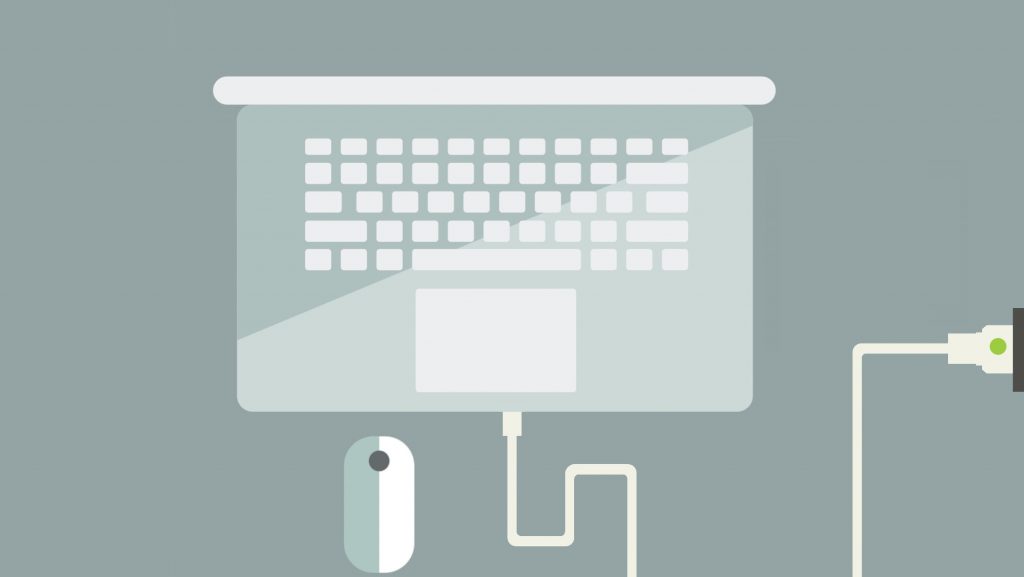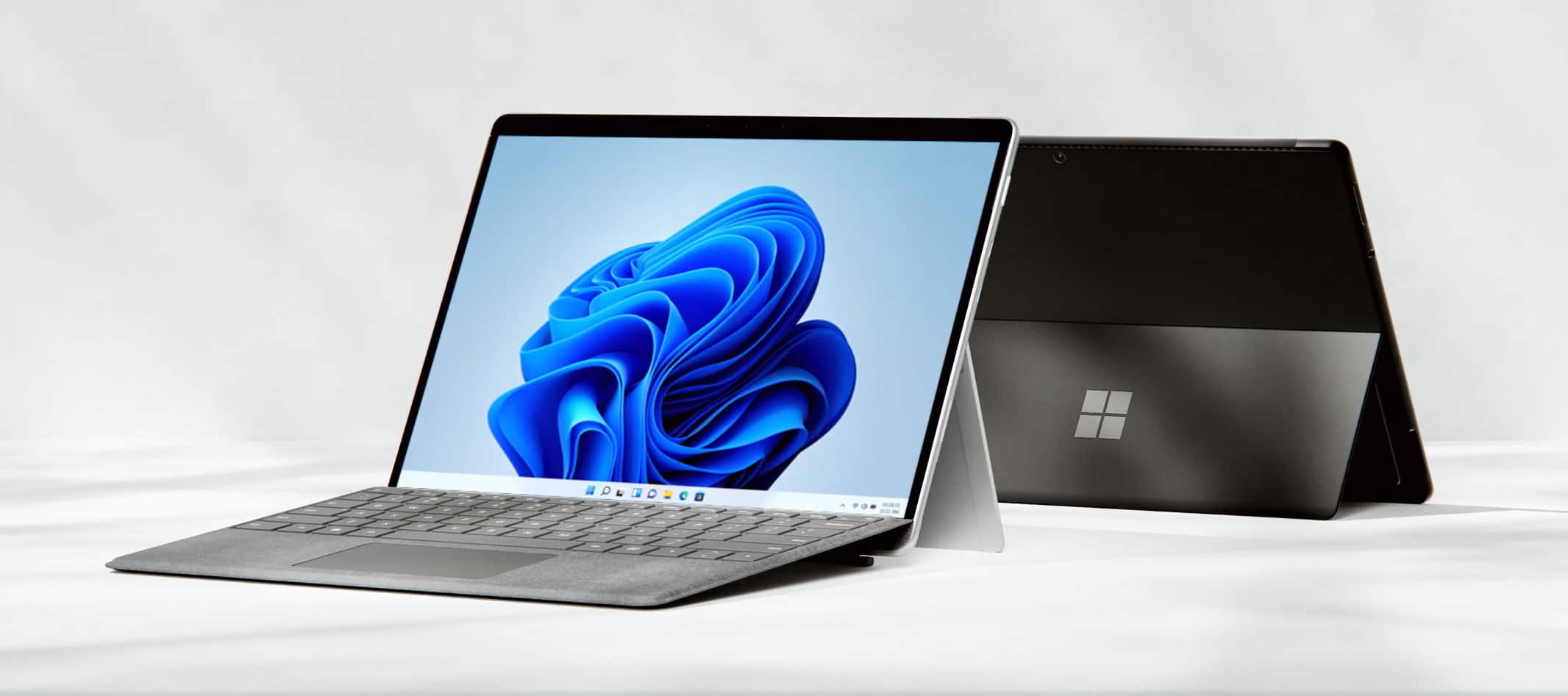

- #Windows surface pro keyboard battery not charging software#
- #Windows surface pro keyboard battery not charging windows#
If the device requires a minimum battery capacity to boot the firmware and Windows, the hardware must ensure that battery capacity is always reserved by the platform. This holds true regardless of the battery charge level, battery/charger state, and battery presence (if the battery is removable). As such, the device must always boot and be fully useable when connected to AC power. Users expect they can immediately boot and use their device whenever it is connected to the charger.
#Windows surface pro keyboard battery not charging windows#
Windows is always bootable when connected to AC power Thermal conditions are the exception in any good system design. In this scenario, heat may be reduced by slowing or eliminating battery charging altogether. For example, the battery may charge at a slower rate when the system is completely off and connected to the charger and charge at a faster rate when the device is booted and ACPI firmware can be used to monitor the battery periodically.įinally, a design may charge the battery at a lower rate when the system is in a thermal condition. We do not recommend a design that charges the battery at a reduced rate when Windows or the firmware has not been booted or running. Charging may stop once the battery is fully charged or if a fault condition occurs. This expectation holds true across all of the power states including active (S0), Sleep (S3), Hibernate (S4), shutdown (S5), hard off (G2/G3) and S0 Idle. As such, the hardware must always attempt to charge the battery whenever the device is connected to the charger regardless of the power state. Users expect their device to charge whenever it is connected to the charger.

If there is a battery or thermal fault condition, charging is also automatically stopped.Ĭharging occurs when connected to the charger
#Windows surface pro keyboard battery not charging software#
This is done without requiring firmware, Windows, drivers, or other software running on the main CPU(s). The hardware automatically stops charging when the battery is completely charged. Windows 10 Mobile systems may require the support of a UEFI charging app and/or other software components in order to charge the battery.Ĭharging stops automatically when the battery is fully charged or when a fault occurs. This requirement only applies to Windows 10 for desktop editions systems. The hardware charges the device's battery without requiring firmware, Windows, drivers, or other software running on the main CPU(s). If the device is in the S5 (shutdown state), it can always boot into Windows when connected to the charger, regardless of the battery charge level and presence of the battery, if the battery is removable.Ī battery must be present and have enough charge level in order for the system to boot up. Windows 10 for desktop editions (Home, Pro, Enterprise, and Education): Windows can always boot when connected to the charger. As a result, users have a consistent and quality experience with battery charging.Ĭharging always occurs when connected to the charger.Įxcept for cases of battery failure, a device running Windows is always capable of charging the battery whenever it is connected to the charger.

All devices running Windows have a consistent battery charging experience, regardless of form factor, instruction set, or platform architecture. This topic covers recommendations for battery and charging in Windows 10. In this article Battery charging user experience


 0 kommentar(er)
0 kommentar(er)
